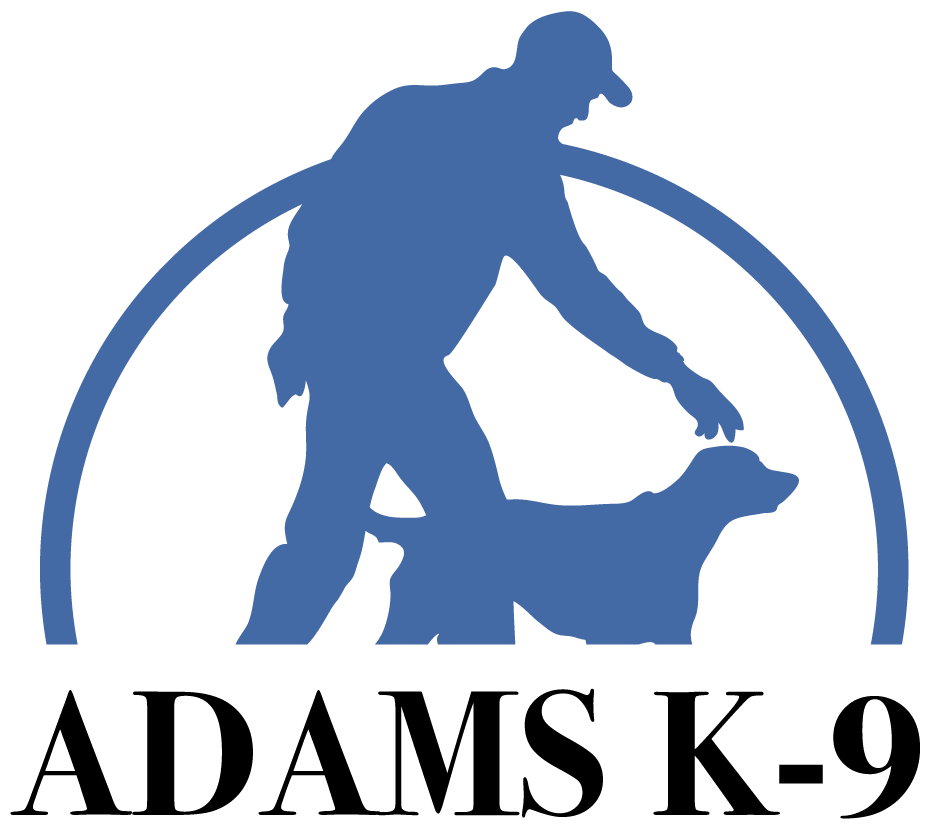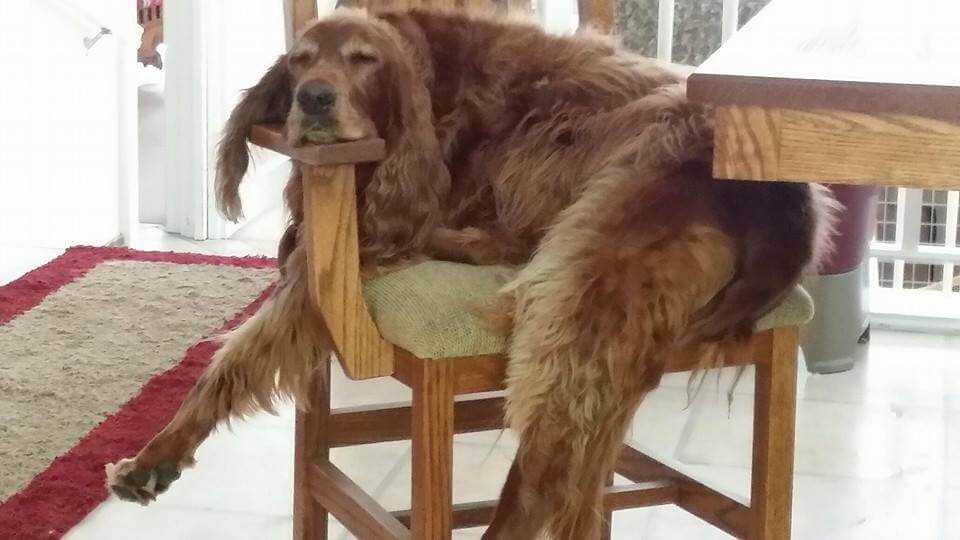Dog training is all about consistency, balance, reward, and consequences. It kind of sounds like raising children doesn’t it? Let me ask you this, if you hired a dog trainer and they said, “Your dog is really smart just let them do what they want”, do you think that is a good theory for fixing your dog issues? I think that is many dog owner’s problems, they are letting their dog do whatever they want. In the animal world the one that does whatever they want is the pack leader. If a dog in the pack gets out of line a superior lets them know in no uncertain terms, what is allowed and expected behavior. There is a dog trainer in my area that instructs owners just that. Your dog is smart let them do what they want. These people paid this guy money and now they are spending more money hiring me because “just let your dog do what they want” is not working for them.
If you want a really well behaved dog, consistency is key. I think people have dogs that listen some times and sometimes they don’t because of lack of consistency. If you are going to give your dog a command you have to be willing to back it up. Dogs should not be allowed to ignore a command. Sit, down, come, whatever, they need to do it and do it the first time you say it. Don’t get in the habit of repeating yourself 6 times. 1 command equals 1 behavior. If you want your dog to wait and follow you through a door, they need consistency so they learn to always wait when the door opens, if not they will be racing you through the door. Do you want your dog to walk nice on a leash? It has to be that way all of the time, dogs do not do grey areas. They don’t understand unless it is that way all of the time.
There needs to be balance in training. When your dog is doing it right, reward him/her. Pay your dog not all the time but on an interval schedule. This way you build intensity and focus, maybe this time I’m getting paid. How do you pay your dog? Food is a primary reward. If your dog isn’t interested in anything you have to offer try some cooked chicken breast or liver. I bet they like treats now. Does your dog love to play fetch? Keep a ball in your pocket and toss in out now and again. If your dog is mellow, not interested in toys or food, then your last resort is talking sweet and petting them. Whatever makes your dog tic that is what you use as a reward. “I will sit on this place board all day because this is where I get paid”, says the dog.
Consequences are interruptions when your dog is doing something you don’t want them to repeat; jumping, barking, eating poo. You need to find the right thing that works for your dog. For young pups I use a water spray bottle. A squirt in the face usually interrupts the behavior (chewing the furniture) and then I introduce a toy to the dog, something appropriate for them to put their mouth on. As the dogs gets older I move on to remote collar. Remote collars work wonderfully for interrupting behavior and I can do it 50’ away. I say “leave it” with a tap of the button and they learn what “leave it” means. Remote collar training is the only training I offer now because it works so well. It takes the emotion out of training, you don’t get physical with the dog and it’s a clear way of communicating.
Balance means not too much praise and not too much discipline. Training needs to be balanced, you need yin and yang. I have worked with people who are constantly petting their dogs. Many times these dogs have aggression issues, this is due to the owners rewarding the aggressive behavior. They don’t know they are rewarding it, they are just trying to calm their dog down, but the dog interrupts them as saying, good boy for growling and barking. We send mix signals sometimes and don’t even realize it. Too much praise and love and make a spoiled pet. Discipline is nothing more than teach rules. Discipline is not abuse. Abuse is unfair and teaches the dog nothing but to be fearful of humans. We do not rub the dog’s nose in urine or kick the dog. Discipline is teaching rules, stay off the couch, no jumping and quiet on command. We use touch to help guide and teach the dog. For young dogs I keep a leash on them in the house. If they jump on the furniture I use the leash to take them off, and I say “Off”. Long lines are your friend when training dogs. I keep a line on my dog until they have a dependable recall. When they come every time even with distractions that is when they lose the leash. Until then I am married to my leash and my dog.
So there you have it; Consistency, balance, reward and consequences. The key to having a well behaved dog.


